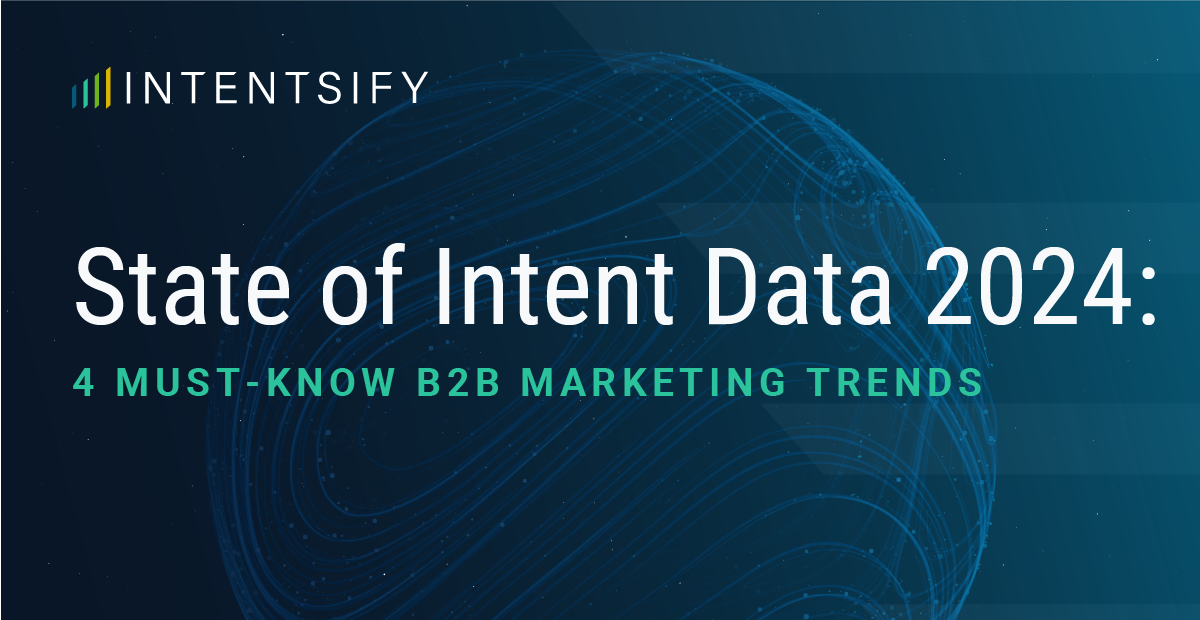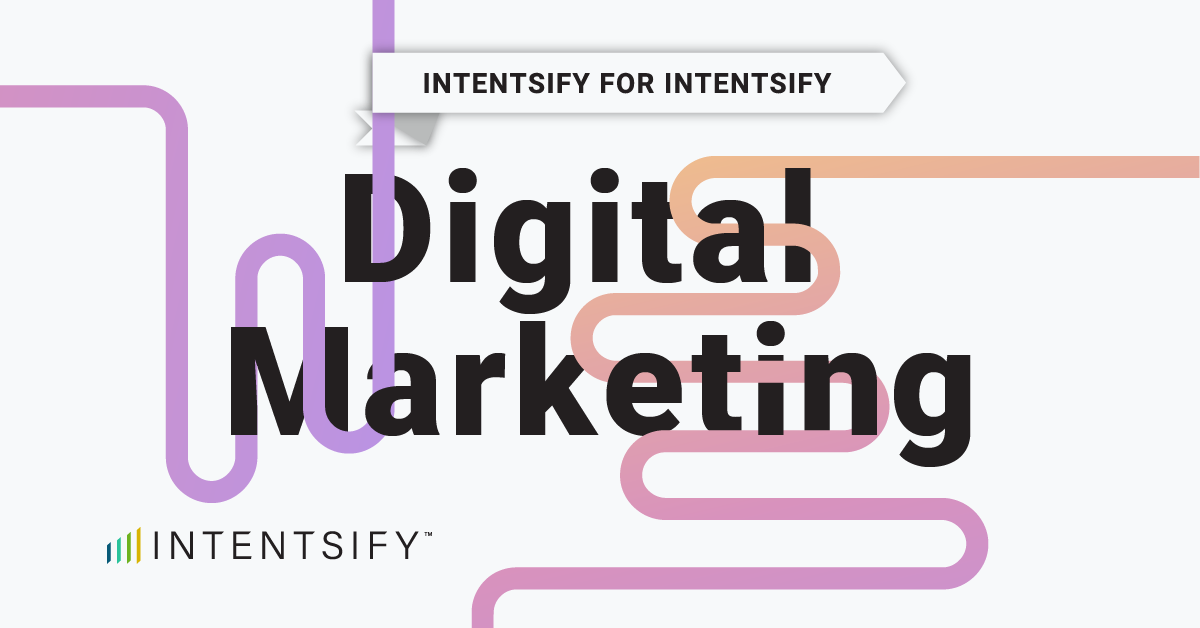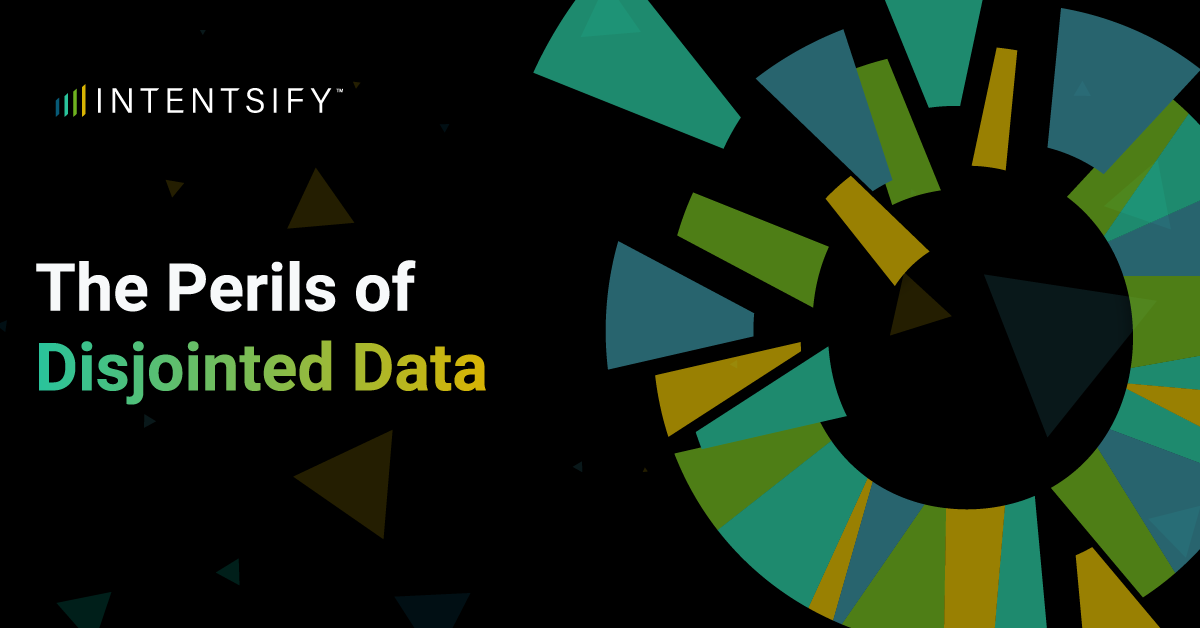“We need content.” You have either heard it or said it. Content is an integral part of every B2B marketing strategy. But depending on your specialty, you might not know all the ins and outs of what makes a successful content marketing strategy.
Let’s start with the definition. According to the Content Marketing Institute, content marketing is a strategic marketing approach focused on creating and distributing valuable, relevant, and consistent content to attract and retain a clearly defined audience — and, ultimately, to drive profitable customer action.
Two key words stand out in this definition: creating and distributing. You can write the best eBook in the world, but it won’t make an impact if no one reads it. That’s why it is important to pair content marketing with a strong demand generation strategy. While content represents your message, demand generation involves driving interest and awareness via paid and organic channels.
Content marketing drives value for your prospects and customers. It also helps you establish authority in your space and build trust with your audience. Now, content marketing has significantly evolved over the past decade, and it will continue to do so. From changes in SEO to social media, the dawn of intent data, and constantly shifting formats, it’s a very dynamic space.
However, one thing remains constant. You need to start with quality content. The topic, format, and distribution channel will depend entirely on your business.
Why Write an eBook?
eBooks have been a staple of digital marketing for a long time. The PDF is one of the original digital marketing assets. With very few resources, a PDF eBook is one of the quickest content formats you can produce. It plays nicely on both gated and ungated channels that require a “download,” and your audience knows what they can expect. You might also opt for a web-based or interactive digital eBook to complement your PDF.
An eBook is also one of your longest form content assets. It’s a good place to start, because once you invest in the time, research, writing, editing, and design of the asset, repurposing the content into multiple formats for different distribution channels becomes much easier. Think – social media posts, videos, blogs, webinars, decks, microsites, and more.
Trust me, someone isn’t going to put down their kindle binge for your eBook. But if they are in the market to buy – you can meet your prospects with the right message at the right time. 70% of the buyer journey happens before a potential customer talks to a vendor.
Here are 4 reasons to write an eBook:
- Generate leads and grow your database: An eBook download might not mean an immediate sale, but it shows interest in your topic. Add these leads to your marketable database to share additional relevant content.
- Establish thought leadership and industry expertise: Consider a custom research study and a unique point of view that sets your brand apart from the others.
- Educate your target audience and nurture leads: Keep your brand and product top-of-mind with your audience.
- Highlight problem-solving and solutions: Your audience might be looking for practical tips and advice in your industry. By creating some how-to guides and playbooks, you can attract interest in your brand in exchange for helpful content.
Key Considerations Before You Write an eBook
- Define your target audience. Make sure you know who you are speaking to in this eBook. What is your ideal customer profile (ICP)? What industry, departments, and titles are you targeting? What are the pain points they are experiencing? How can you provide value with your content?
- Choose a compelling topic. Your target audience will be looking for different content depending on their buying stage. A tool like Intentsify, uses AI to categorize buying stages based on relevant research behavior. Make sure you are mapping your message to the appropriate stage.
- Awareness: Raise awareness of market challenges.
- Interest: Identify the specific challenges your target accounts are researching.
- Evaluation: Showcase how you can solve their challenges.
- Decision: Explain why you are the best solution on the market.
- Research existing content. This is where it behooves you to think outside the box. Research existing content and identify gaps to fill with your unique perspective. Look at what your competitors are doing. Instead of copying, learn what not to do. You need to be different to stand out in a sea of B2B eBooks.
- Set clear goals. Your eBook needs a purpose before you ever put pen to paper. Your goal will also help determine whether the eBook will be gated (lead generation) or ungated (brand awareness).
Crafting Your eBook Content
An effective eBook should have a logical flow of information. Start with an outline that has clear chapters or subheadings for easy navigation. Anytime you can turn a paragraph into a helpful chart or diagram – do it. Strategic visuals will help break up a wall of text and make it easier to read.
Your eBook should also offer actionable insights, data-driven advice, and practical solutions. Offer numbered tips, or advice call-out boxes throughout. To add credibility, consider including case studies, industry trends and statistics, and expert quotes. The eBook should align with your brand’s editorial style. Overall, write in a clear, concise, and engaging way. Try to avoid jargon and buzz words that add too much fluff instead of actionable content.
Designing Your eBook for Success
Invest in a professional layout for a polished and trustworthy look. This is the time to make your content stand out while also aligning with the look and feel of your brand. Ensure mobile-friendly formatting for easy reading on any device. Make sure to include a strong call to action (CTA) to encourage downloads or next steps.
Promote Your eBook and Grow Your Audience
Your eBook’s success depends on your distribution strategy. Consider your current marketing channels and where you want to promote the eBook. A few examples include content syndication, display advertising, paid and organic social, and email marketing.
If your eBook is gated, meaning someone must exchange their contact information for the download, make sure the landing page is enticing. On the landing page, include a teaser of the content and a few bullet points of what they will learn from the eBook.
Finally, it’s important to measure everything. Track the results by channel to refine your strategy for the future. Where are most of your downloads coming from? How many leads are you driving and how many of those leads are converting to opportunities? Remember, an eBook is only one part of an integrated marketing strategy. But by having one eBook, you can immediately activate multiple marketing channels.
Conclusion
There isn’t one right way to write an effective eBook, but we hope this article will get you started. Successful content marketers also need an arsenal of tools at their disposal. If you need access to writers to scale content production, consider a freelance platform like nDash. And if you need help getting your content in front of the right people at the right time, partner with Intentsify. Intentsify’s AI-powered platform empowers marketers to turn buying signals into pipeline with customized advertising and lead generation solutions. Combining an unrivaled portfolio of data sources and an industry-leading media ecosystem, Intentsify enables signal-based marketing programs for revenue acceleration.






